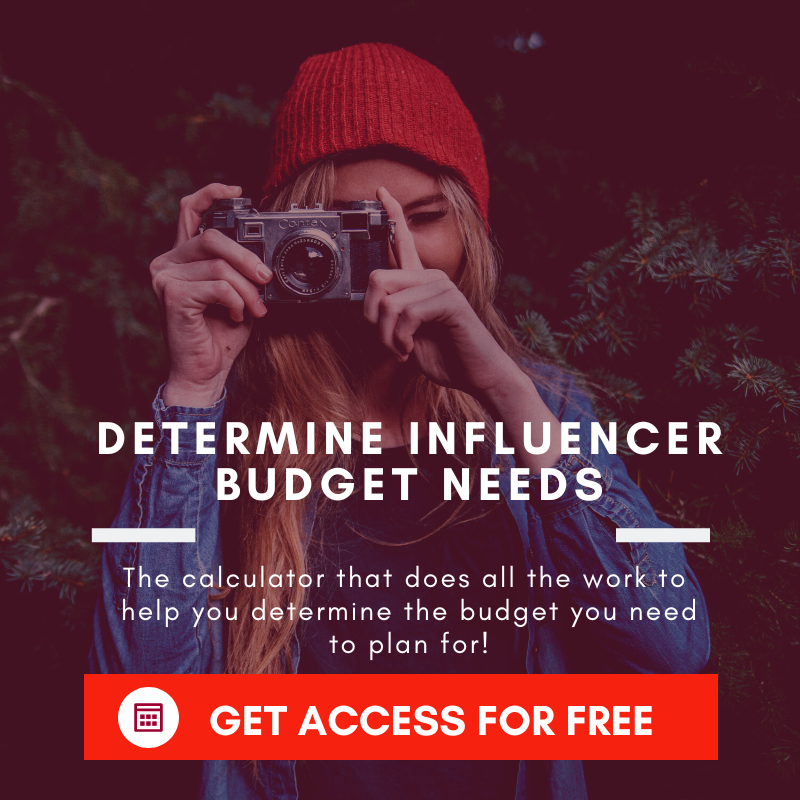Why Consumers May Want Ad Supported Content
Table Of Contents
Relationship Status: It's Complicated
No one really likes advertisements. We all tolerate them and they are part of our lives. Yes, there are ads that engage the consumer in creative, funny, and even beautiful ways; but ultimately, consumers would rather not have to sit through a TV show or film that is littered with ad breaks.
Unless, of course, that consumer is faced with increased prices. The truth is that ads aren't always so bad, and with the explosion of SVOD/OTT platforms the competition will build to keep pricing low. But where does this leave ad-less streaming giant Netflix which has prided itself on steadily increasing its prices without much push back from the public? Do not fret, reader. In this blog, Hollywood Branded shares why consumers may want ad-supported content.

Ads, You've Never Looked Better
Of all the streaming companies available, Netflix by far had the most optimistic start to the first quarter - despite slipping in the second. The company has wowed its consumers in-home and on Wall Street alike, blowing well past its 2018 market cap of 100 billion.
The company began its 2019 quarterly discussions by increasing its service price anywhere between 13-18%. Price hikes are common for any business, and Netflix has steadily been increasing its prices over the years with little resistance from the consumer. It is now, however, that customers are finally voicing their resistance to these price hikes.

In a survey conducted by Streaming Observer, 27% of Netflix subscribers said they will definitely cancel their service due to the recent hike. On the flip side, more than half of those surveyed said they were open to an ad-supported option at a lower cost. Pause. The idea of Netflix installing advertising into their streaming service sounds….benign. Plus, what consumer would actually want this? Are Netflix consumers experiencing some form of cabin fever induced by their Marie Kondo binges? Possibly (the woman loves messes and it is fascinating to watch her joy).
It's Hard Saying Goodbye To Old Friends
It’s 2019 people. Times are changing, and so are our expectations from media. Media conglomerates across the world are all releasing their own streaming platforms to satisfy their slightly narcissistic agendas; but hey, why not? Give the people what they want! AT&T, Disney, and Viacom are all launching their own streaming platforms to match the content steez of Netflix, Hulu, and Amazon. Save the date, because these ceremonies will usher at the end of an era for Netflix. Shows that belong to their respected networks will be yanked from the Netflix catalog just as quickly as Lori Loughlin was pulled from the Hallmark Channel, given her recent controversy.
For years, threats that Disney would pull all of its programming from Netflix have haunted the dreams of Netflix CEO Reed Hastings. Netflix began as a curator of content and has intelligently shifted into distributing its own content, but its catalog is still heavily reliant on third parties. In December of 2018, news produced by the New York Times suggested that the streaming giant made a $100 million payment to Warner Bros. just to keep “Friends,” New York Times reports.
To what lengths will Netflix have to go in order to keep the rest of its non-original content? Some researchers believe that an ad-supported future is in the works for Netflix.
Ads Are… Not That Bad, Actually
Look mom and dad: Netflix’s current model of no advertisements is cool and all, but word around town suggests that many people don’t actually mind advertisements. I mean, they do provide you 30-60 seconds of “take care of your business” time. Microwaving popcorn, drawing rocket designs, and watering your indoor plants can all be accomplished during this commercial break.
In fact, according to yet another survey (facts do matter) published by the Interactive Advertising Bureau, 73% of adults who streamed content said they watch them with advertisements.

56% of viewers polled said that they didn’t mind watching ads as long as they continued paying less. Just last year, Hulu announced that it will slash the price of its ad-supported service even further, giving even more consumers direct access to the content they crave.
Netflix, We Need To Have The Ad Talk
It’s clear that audiences would rather deal with the occasional ad experience than pay more for a streaming service. Many experts suggest that Netflix will have to bow down to some form of advertising model in order to continue competing in the streaming space. Yet, the company is not entirely foreign to this idea. In January of this year, Netflix CEO Reed Hastings enthusiastically held up two cereal boxes during his quarterly investor interview.
A box of Kellogg’s Frosties and Quaker Sugar Puffs were held in each of his palms. Milk-less and without a single bowl in hand, Hastings revealed that Frosties were the most popular choice among viewers of “Bandersnatch,” the riveting choose-your-own-adventure installment of “Black Mirror.” Viewers were able to make multiple choices throughout the episode that dictated the outcome of the main character.

Each decision led to a different outcome. One of these choices prompted the viewer to decide if the protagonist should eat Kellog’s Frosties or Quaker Sugar Puffs. Obviously excited about cereal, Hastings explains that
"There is one piece of data that didn't make the [financial] release and that's what percentage of people chose Frosties versus Sugar Puffs, and the answer is 73 percent for Frosties," said Hastings.
The truth is, Hastings really did have both of those cereal boxes on hand. Impressive. Also, it seems that neither cereal company paid a dime for those placements. Even more fascinating, the advertising was completely interactive. Viewers actually chose which box of cereal they preferred, and this data became recorded for Netflix to distribute as they wish. The future of product placement.
Netflix has the power to provide direct insights into how a brand is perceived. Depending on the content, brands may have the ability to pay for these same types of integrations ensuring that their products are seen. Instead of following a traditional ad model, brands could strike special deals with Netflix to have their product chosen and voted upon by the people. The insights provided could become groundbreaking.
Netflix Conclusion
Now that consumers have enjoyed nearly a decade of ad-free entertainment, sentiments are beginning to shift. The globe has had adequate time to assess the pros and cons of advertisements, and a decision has been made. Ads aren’t great, but they are a better alternative to paying more to not have them for many people. Many streaming companies have aligned themselves accordingly to the shifting attitudes, but Netflix still has yet to change.
The question is not whether or not Netflix will incorporate ads into its programming. The real inquiry is how they will incorporate ads. With more audience engaging, choose-your-own-path-styled adventures like “ Black Mirror: Bandersnatch,” Netflix may open new roadways for brands to be seen by the public.

What's Next?
Want to know more about product placement? Hollywood Branded's team of entertainment marketing specialists know all about this magical world, and our website offers hundreds of blogs that share some of our expertise. Take some time to learn even more below!
- 4 Common Myths About Product Placement Debunked
- 10 Surprising Reasons Why Brands Do Product Placement
- 8 Ways To Use Product Placement Assets To Amplify Your Brand Into Sales
- 3 Important Steps In Planning Product Placement Strategy
- Thinking Product Placement Cost Is High (It Isn't!)
Interested in learning the key concepts to securing product placement? Download our Product Placement 101 course below!









